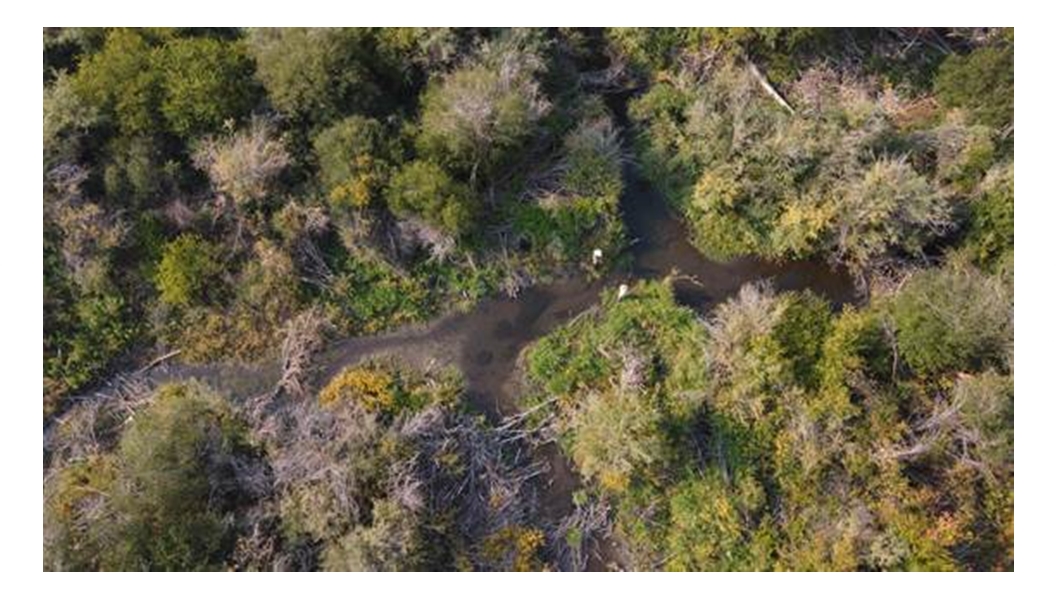
Leveraging Biomark Litz Cord Antenna Systems to Evaluate Fish Passage and Movement
Photos were taken by Mike Hall, Field Biologist. Biomark’s Biological Services team is leveraging Biomark Litz Cord Antenna Systems to evaluate fish passage and movement in side channels of the Lemhi River. Field Biologist Mike Hall explained, “We are using these…
Read more about Leveraging Biomark Litz Cord Antenna Systems to Evaluate Fish Passage and Movement




